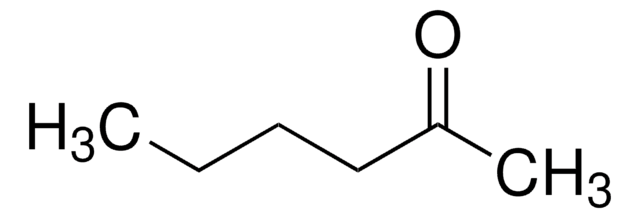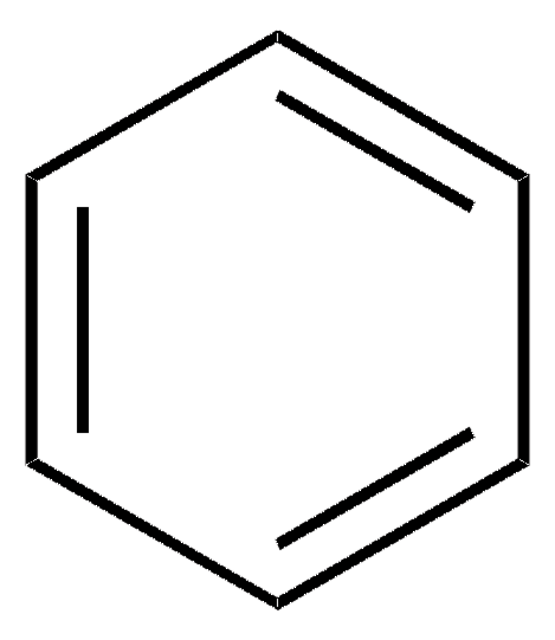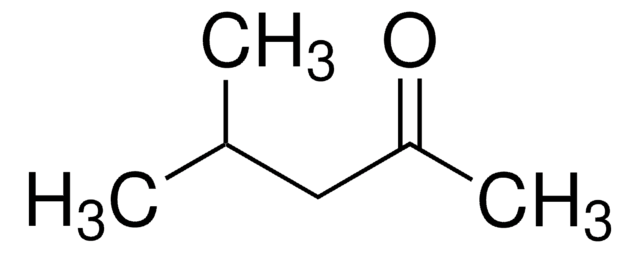47733-U
2-Hexanone
analytical standard
Synonyme(s) :
Butyl methyl ketone
About This Item
Produits recommandés
Qualité
analytical standard
Niveau de qualité
Agence
ASTM® D5580
Pression de vapeur
10 mmHg ( 39 °C)
CofA (certificat d'analyse)
current certificate can be downloaded
Conditionnement
pkg of 5 mL
Technique(s)
HPLC: suitable
gas chromatography (GC): suitable
Indice de réfraction
n20/D 1.401 (lit.)
pb
127 °C (lit.)
Pf
−57 °C (lit.)
Densité
0.812 g/mL at 25 °C (lit.)
Application(s)
cleaning products
cosmetics
food and beverages
personal care
petroleum
Format
neat
Température de stockage
2-30°C
Chaîne SMILES
CCCCC(C)=O
InChI
1S/C6H12O/c1-3-4-5-6(2)7/h3-5H2,1-2H3
Clé InChI
QQZOPKMRPOGIEB-UHFFFAOYSA-N
Vous recherchez des produits similaires ? Visite Guide de comparaison des produits
Description générale
Application
Informations légales
Mention d'avertissement
Danger
Mentions de danger
Conseils de prudence
Classification des risques
Flam. Liq. 3 - Repr. 2 - STOT RE 1 - STOT SE 3
Organes cibles
Central nervous system
Code de la classe de stockage
3 - Flammable liquids
Classe de danger pour l'eau (WGK)
WGK 1
Point d'éclair (°F)
73.4 °F - closed cup
Point d'éclair (°C)
23 °C - closed cup
Équipement de protection individuelle
Eyeshields, Faceshields, Gloves, type ABEK (EN14387) respirator filter
Faites votre choix parmi les versions les plus récentes :
Déjà en possession de ce produit ?
Retrouvez la documentation relative aux produits que vous avez récemment achetés dans la Bibliothèque de documents.
Protocoles
US EPA Method 8260: GC Analysis of Volatiles on SPB®-624 after Purge & Trap using "K" Trap, Fast GC Analysis
Notre équipe de scientifiques dispose d'une expérience dans tous les secteurs de la recherche, notamment en sciences de la vie, science des matériaux, synthèse chimique, chromatographie, analyse et dans de nombreux autres domaines..
Contacter notre Service technique









